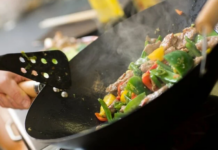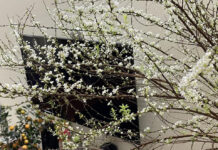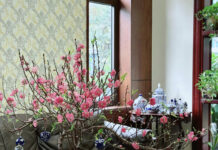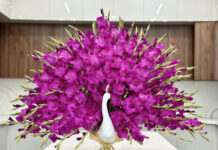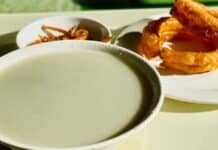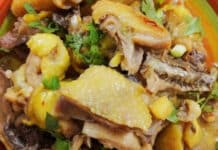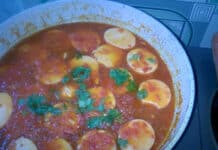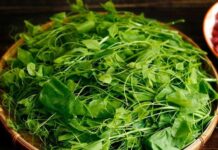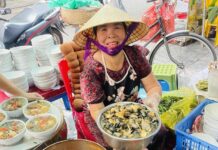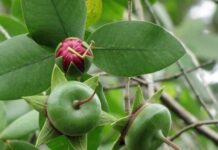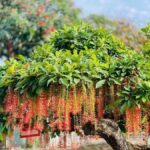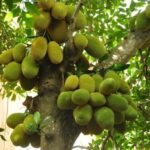
The Areca palm, often referred to as the ornamental palm, is a familiar sight in many Vietnamese households. This plant typically grows to a height of 70cm to 2 meters, forming dense clusters with straight, round stems that taper from a thick base to a slender tip. Unlike traditional palms that produce large white flowers and sizable fruits, the ornamental palm rarely flowers, usually blooming only once or twice a year. Its flowers appear in small, fragrant yellow clusters, while its fruits grow year-round, small and round, transitioning from green when unripe to vibrant yellow or red when mature, creating a visually striking display.
For years, the fruits of the ornamental palm were merely considered decorative. When ripe and fallen, they were swept away and discarded, believed to be inedible. However, recently, residents in some Western regions of Vietnam have rediscovered the value of these seemingly useless fruits, transforming them into a unique and economically valuable specialty jam.

According to local artisans, ornamental palm jam was initially crafted in households as a festive treat during Tet. In recent years, as demand for rustic, natural delicacies has risen, this jam has become a sought-after gift. On e-commerce platforms and online marketplaces, a search for “ornamental palm jam” yields dozens of listings, with prices ranging from 150,000 to 200,000 VND per kilogram—a premium compared to traditional jams.
Despite its high price, this specialty often sells out quickly. Many, driven by curiosity, purchase it to sample the jam made from once-discarded fruits. Numerous buyers, after tasting it, become loyal customers, even gifting it to others. Consumers praise its sweet, chewy texture, nutty flavor, and the distinct aroma of ripe palm fruits—a delightful blend of familiarity and novelty. Some also highlight its health benefits, particularly for those with diabetes, as it contains minimal sugar and no chemical additives.
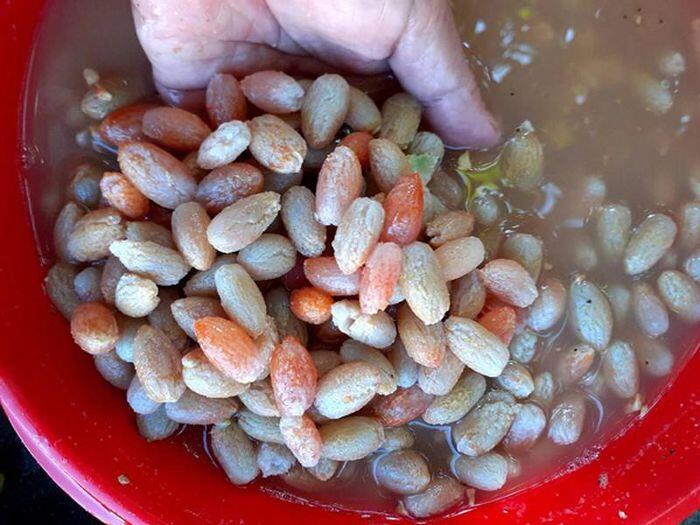
However, enjoying this delicacy is not without its challenges. Ornamental palm jam is primarily produced in small, artisanal batches, dependent on seasonal availability and natural ripening. Sellers often work on a made-to-order basis, requiring customers to place orders in advance and sometimes wait up to a week for delivery. Each batch yields only a few kilograms, ensuring quality and due to the labor-intensive process.
Experienced artisans emphasize that selecting the right raw materials is crucial. The palm fruits must be perfectly ripe; if too unripe, the jam becomes mushy and lacks chewiness, while overripe fruits have hard seeds that diminish the taste. Ideal fruits, when halved, should have seeds just fully formed, or when pressed with a fingernail, feel slightly firm but not overly mature.
After selection, the seeds are extracted and soaked in salted lemon water to remove bitterness. This step requires meticulous rinsing to ensure the seeds are white and free of any lingering odor. The seeds are then boiled three times in lightly salted water for 5–10 minutes each to maintain their crispness and chewiness. Once cooled, they are marinated in sugar, simmered over low heat until the mixture thickens, and then sun-dried to achieve the perfect chewy consistency.

According to Western Vietnamese locals, the best ornamental palm jam is sun-dried, not oven-baked. Natural sunlight ensures even drying, enhances the characteristic chewiness, and intensifies the rich flavor. However, without preservatives or additives, the jam has a short shelf life of only 10–15 days. Buyers are advised to store it in a cool refrigerator and consume it promptly to preserve its flavor.
Interestingly, not only in Vietnam, but also in other Asian countries, particularly China, Areca palm fruits are used in various food products. In China, Areca candy—a lightly sweet, gingery treat believed to warm the body and soothe sore throats—is popular during winter, showcasing the fruit’s potential in the food processing industry.
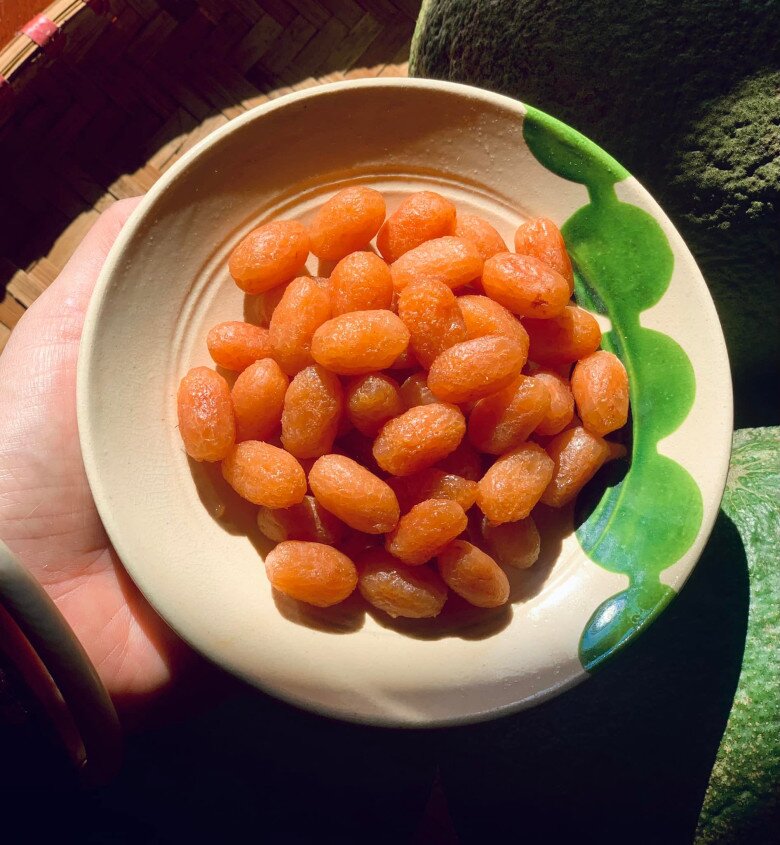
The transformation of once-discarded fruits into a high-value specialty is not just a fascinating culinary tale but also highlights the immense potential in utilizing local agricultural resources. From mere ornamental clusters, Western Vietnamese communities have innovated a product that embodies regional identity, diversifies local specialties, and provides livelihoods for many families.
The success of ornamental palm jam exemplifies the Vietnamese ethos of “wasting nothing from nature”—finding new value in the simple and familiar. Perhaps, in the future, this rustic jam will gain even greater recognition, becoming a signature product that captures the essence of the Mekong Delta’s flavors.







